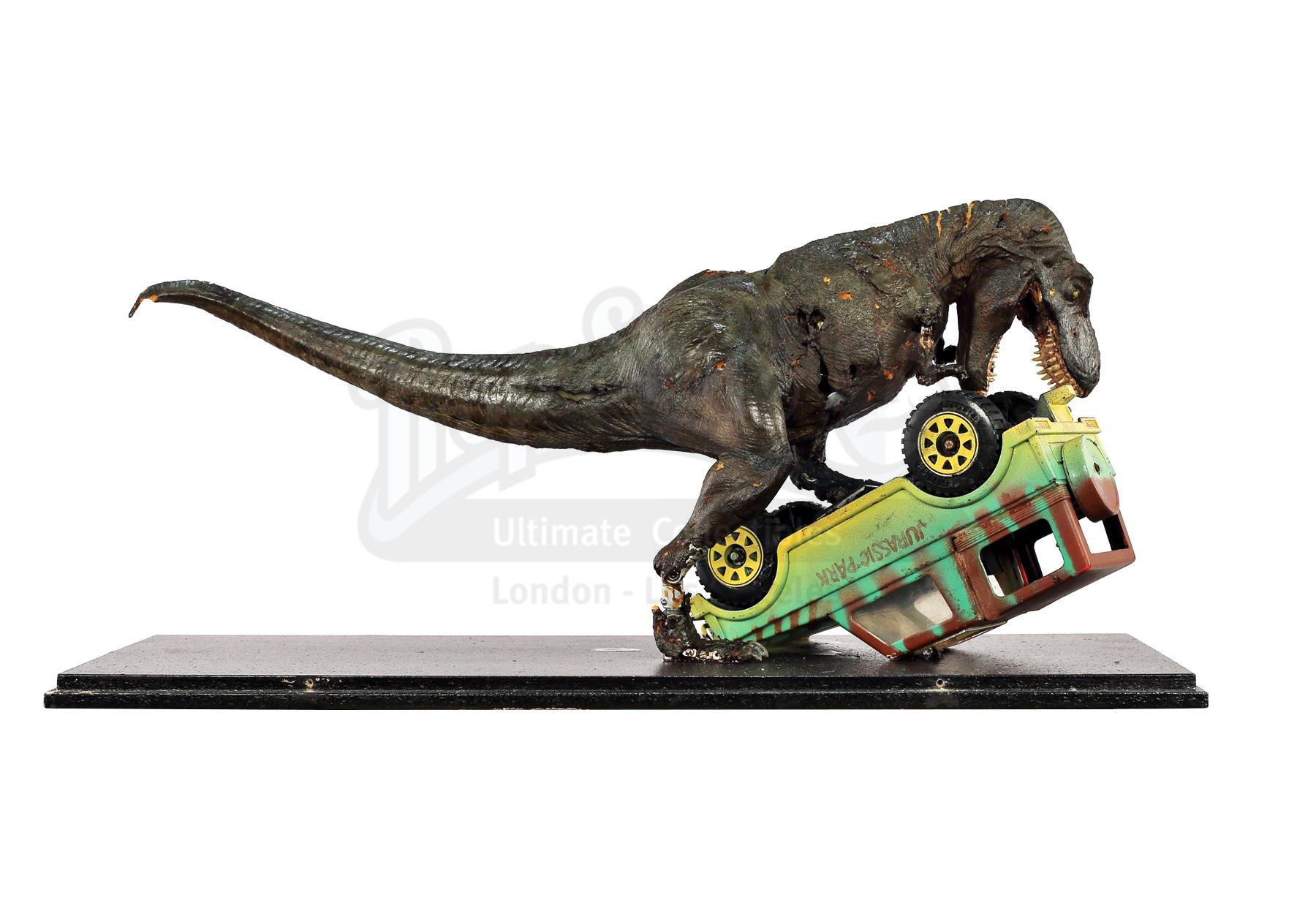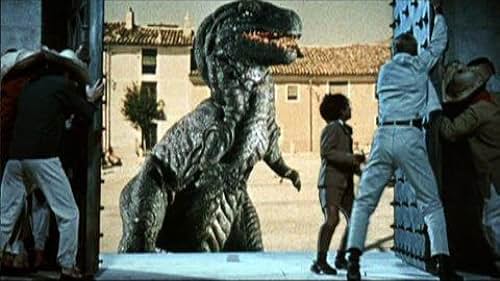I have some trouble articulating what my ‘personal aesthetic’ would be, since my interests bounce around a lot. I do think that I connect a lot with the ideals of the Arts and Crafts movement; I appreciate art with a handmade quality, being able to look at a finished product and get a sense of the artist who created it and how they did it. When art has that innate sense of humanity, when it bears the evidence of the effort it took to create, it encourages me to go out and try and make things myself. When I was a kid, one of those art forms I really connected with was classic stop motion animation for film special effects. I spent a lot of my childhood trying to build my own stop motion puppets, to mixed results. So for my final project, I want to try and succeed where my past self could not.
The early history of stop motion is not particularly well documented, as a number of classic stop motion films have been lost to time. Pioneered by filmmakers like J. Stuart Blackton and Helena Smith-Dayton, the medium was popularized in creature effects films by the works of Willis O’Brien, the animator behind The Lost World (1925) and the original King Kong (1933), some of the earliest films to capitalize on our long-running fascination with dinosaurs. It’s a fascination I am no stranger to myself, which is why I think a dinosaur will be the creature of choice for my own stop motion puppet.
Excerpt from The Lost World (1925), dir. Harry O. Hoyt. Animation by Willis O’Brien.
One of O’Brien’s early students was animator Ray Harryhausen, who went on to become an iconic special effects artist in his own right. Harryhausen invented a technique called ‘Dynamation’, which more effectively combined stop motion special effect shots with live action footage. Some of his films include The Beast from 20,000 Fathoms (1953), Jason and the Argonauts (1963), and The Valley of Gwangi (1969), another dinosaur epic. Harryhausen’s special effects work inspired a whole new generation of stop motion artists, including the animator Phil Tippett. Tippett is perhaps best known for his work on the original Star Wars films, including the iconic Hoth battle sequence from The Empire Strikes Back (1980). He also worked on Jurassic Park (1993) before the film’s shift to computer generated effects.

For my own puppet, I’m planning to draw from the older era of dinosaur films, and by extension the classic era of paleoart. Our understanding of what dinosaurs looked like has evolved a lot over time; throughout the early 1900s, the prevailing image of dinosaurs had them standing upright with their tails dragging behind them on the ground, as seen in the works of paleoartists like Charles R. Knight.

In terms of construction, I’m going to start with a metal armature built with supplies from a website like https://animationsupplies.net/, plus aluminum wire. I am still yet to decide whether I want to try sculpting the armature’s head out of plasticine or if I want to digitally model and 3D print it, though I am leaning towards the former. Once the armature is complete, I am going to follow the ‘build-up’ method of stop motion puppet building, where the musculature is built up out of foam rubber. This is opposed to the molding method, in which the puppet has to be entirely sculpted beforehand to create a mold, into which liquid foam latex is poured. The final step will be applying thin layers of liquid latex to create a ‘skin’ over the foam construction.
Sources:
- The Lost World (1925), dir. Harry O. Hoyt. Animation by Willis O’Brien.
- The Valley of Gwangi (1969), dir. Jim O’Connolly. Animation by Ray Harryhausen.
- JURASSIC PARK (1993) – Phil Tippett Collection: Tyrannosaurus Rex Stop-Motion Puppet and Jeep Model Miniature Display, https://usm.propstoreauction.com/lot-details/index/catalog/267/lot/62537
- ‘Tyrannosaurus’, 1940. Charles R. Knight, photographed by Rhoda Knight Kalt, http://www.charlesrknight.com/Enlarge.htm?83
- ‘Helena Smith Dayton: An Early Animation Pioneer Whose Films You Have Never Seen’, Jason Cody Douglass, 2018, https://blog.animationstudies.org/?p=2641
- ‘Dinosaurs: From the Inside Out! BUILD-UP Puppet Method: An easy alternative to molding & foam latex body casting’, Kenneth Brilliant
Cinemagic #21, 1983, https://www.stopmotionworks.com/articles/CMkbdinobldup.htm - https://animationsupplies.net/


4 Comments. Leave new
It’s an intriguing project you’ve decided upon, especially considering your experience with it growing up. Out of curiosity, do you have a story in mind that involves the dinosaur(s)? Are there any specific types of dinosaur(s) you will consider modeling?
Hi Vincent! Thanks for the comment. I wouldn’t say I have a specific story in mind per se; right now my focus is just on getting the model made, though once I have it in hand I’d definitely like to try making some actual animation with it. As for a specific type of dinosaur, I’m definitely aiming for your archetypal ‘big carnivore’; if I had to name a particular species, I’d probably go with Allosaurus (my favorite!), but a lot of older dinosaur media played it pretty fast and loose as far as being accurate to individual species characteristics (lots of Tyrannosaurs with three fingers) so the final design is probably just going to be ‘vague generic theropod’.
Great work on this post Sean. I enjoyed reading about your personal aesthetic and the reasoning behind it. I was wondering if you have considered whether you will be using colored stop motion or a more black-and-white color scheme that would be more true to the older stop motion pictures. I appreciate the depth of which you analyzed stop motion and I learned a lot from this. I really look forward to seeing how this project ends up!
Hello Josh! Thanks for the comment, I’m glad to hear you learned something. With regards to color, the physical model itself is definitely going to be colored; from what photographs I’ve been able to find, even in classic stop-motion the models themselves were usually painted, even if the color didn’t come through in the filming. That being said, I may look into filming the model in black and white when the time comes for documentation.